- M.A
- information
- 1904 views
- 0 comments
Feng Shui teaches us how to create harmony with our surroundings. Historically, feng shui has roots in Taoism and Buddhism. However, there are traces of it in any culture regardless of its time. For instance, these days, we can all feel the difference between a New York City apartment and a quiet hidden cabin in the forest. We understand that our surroundings significantly affect our energy.
Rather than simply hanging items, Feng Shui is about understanding how the elements interact with one another and using that knowledge to create a supportive environment. Remembering some do's and don'ts can help transition your home to a peaceful oasis.
Definition of Feng Shui
The ancient Chinese art of determining the most suitable design and placement of graves, buildings, rooms, etc., so that the maximum harmony is achieved between the flow of chi of the environment and that of the user is believed to bring good fortune. The words "feng shui" are Chinese and translate to "wind" and "water." Humans are almost 60 percent water, and the wind is our breath. Life is all about wind, water, and Feng Shui!
The Basic Principles of Feng Shui
Here are the top Feng Shui do's and don'ts for creating a mindful, calming modern interior decoration in the home:
Cyrus Crafts; Luxury & Unique Products
1)Balance colors in Feng Shui: Feng Shui color of the year 2022
In Feng Shui, it's essential to use colors that balance each other. Try painting a room with contrasting, bright, vibrant colors if you're unsure of what shades to choose. The result is a room with a sense of balance without being too overwhelming.
For carpets and curtains, you can use both light colors like cream carpets and bolder colors like red and pink carpets.
2)Be organized and tidy in Feng shui
Disorganization breeds stress, depression, and unhappiness in the home. Designers, including interior decorators and professional organizers, are well aware of this.
Strong chi can't exist in a home littered with dirt and clutter. Chinese people define "chi" as invisible energy that binds life together. When helping your client use feng shui, the first order of business should be to clear away any dust, dirt, or clutter that will get in the way of positive, healthy energy. Not sure where to start? Organize a drawer or closet that has been neglected by cleaning it out and putting systems in place.
Can't you feel positive energy already?
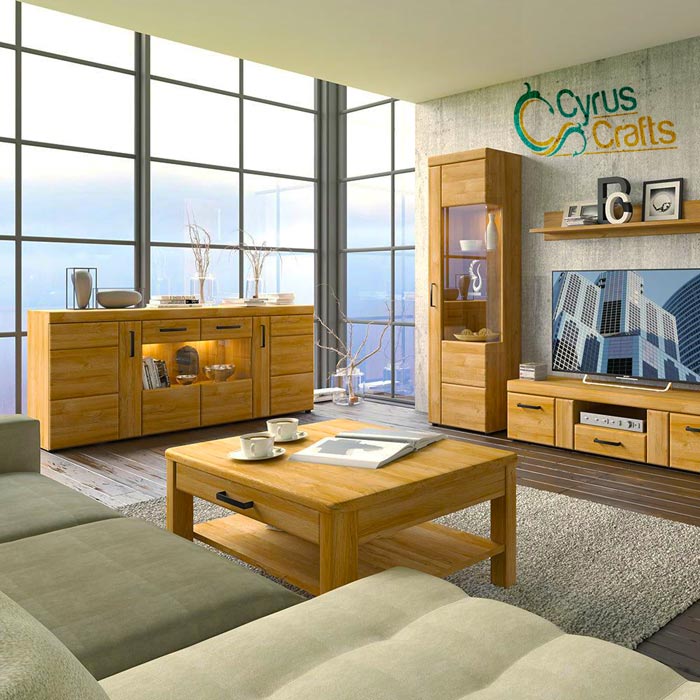
3)The correct position of furniture in Feng Shui
Choose a spot in your room that feels comfortable and powerful to work or relax, and make that your command position. If there's more than one place that feels good to you, use them both!
If you place your desk or bed away from the entryway, you will find it harder to focus and concentrate. Place them facing outwards towards hallways or other rooms where people frequently pass through (like an entranceway into a bedroom).
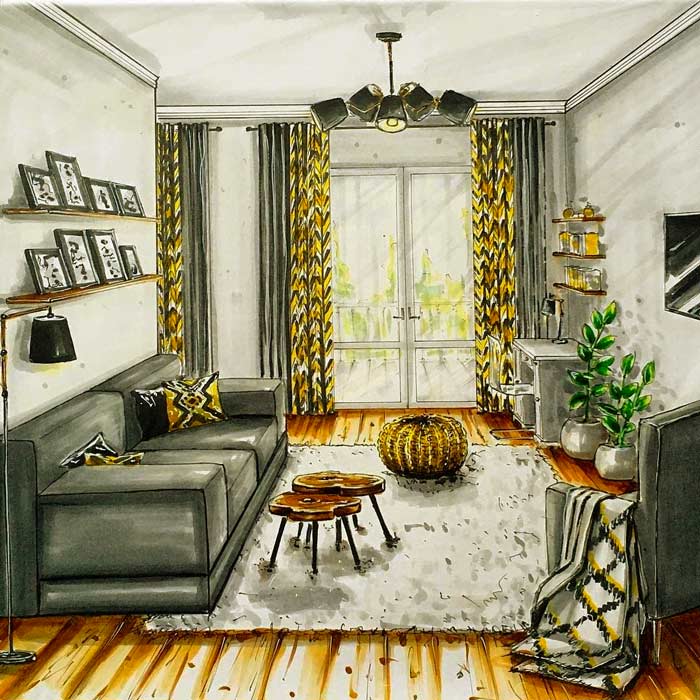
4)Keep the bed away from the window in Feng Shui
Feng shui is very strict about this rule! Beds should always be placed against solid walls without doors and windows on either side so that your mind and body are supported while sleeping.
Furniture placement is extremely important when it comes to feng shui, and the bedroom is perhaps the most crucial space of all (it's where we rest and recharge). The energy in this space needs to be tranquil and harmonious, which leads us to our following rule.
Bagua Definition
The Bagua is the feng shui energy map. This is one of the most important principles of feng shui practice and one of our most powerful tools. A Bagua is a systematic method for evaluating the energy field in the environment.
Bagua literally means "eight areas" in Chinese. Therefore, the Bagua is eight areas around a center. These areas are connected to different aspects of life. Each gua (or area) also has countless other layered meanings, such as colors, elements, shapes, organs, and so much more.
In ancient China, the Bagua was developed alongside many other philosophies. The principles of balance yin and yang, the I-Ching, and the five elements (and more) are interwoven and are the foundation of the Bagua. Nature inspired all of these Asian ideologies, which aimed to balance how humans can live in harmony with nature.
Bagua Map in Feng shui
The Bagua is sometimes depicted as an octagon, other times a square. Either way, the Bagua consists of eight areas surrounding a central area. As seen in the image above, the Bagua is a compass that represents life areas and many other symbolic meanings.
The Bagua is an energy grid that you can lay over a floor plan. You would often lay this over the entire home (the main floor plan). What most people don't know is that the Bagua is a conceptual map that can be superimposed over your entire home, a single room, your bedroom or office, a desk, or even your face. Or your property, your block, your town, and beyond as it gets larger. The energy grid shrinks and expands but always remains in an equally proportioned three-by-three grid (like a tic-tac-toe board).
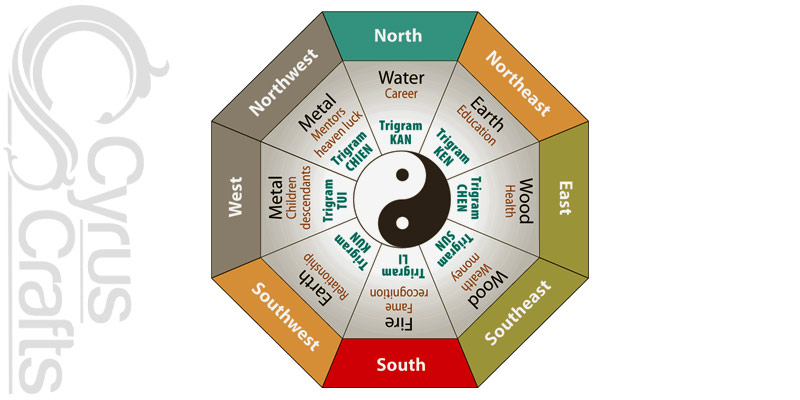
You might be surprised by how much these simple feng shui tweaks and tricks can help you. If you are one of the people who believe in the principles of Feng Shui and its effects on the quality of life this article maybe help you achieve a more mindful home that allows you to slow down and notice the beauty of the present moment.



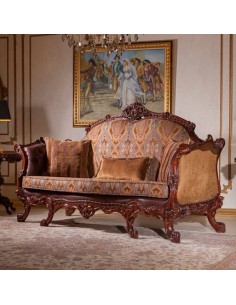

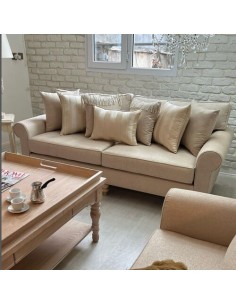

Comments (0)